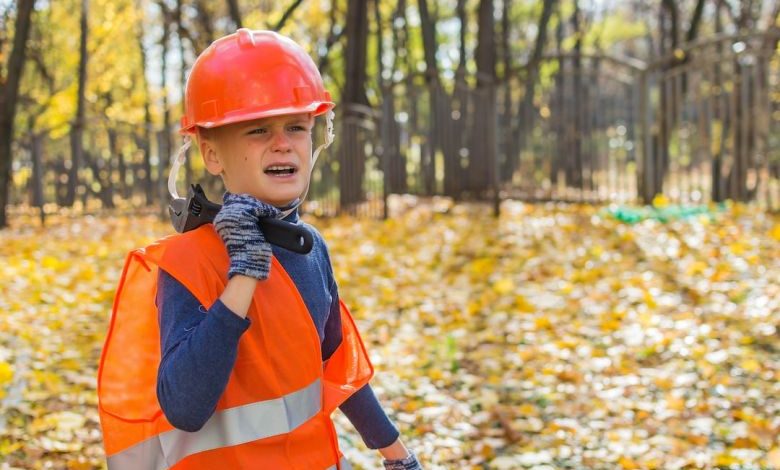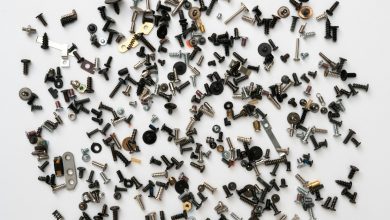Tools Safety: the Basics of Handling Equipment

When it comes to working with tools, safety should always be a top priority. Whether you’re a professional tradesperson or a DIY enthusiast, understanding how to handle equipment properly is essential for preventing accidents and injuries. In this article, we’ll explore the basics of tools safety and provide you with some valuable tips to ensure a safe working environment.
Choosing the Right Tool for the Job
Before you even begin using a tool, it’s important to choose the right one for the job at hand. Using the wrong tool can not only lead to poor results but also increase the risk of accidents. Take the time to research and understand which tool is best suited for the task you need to accomplish. This will help you avoid unnecessary strain on the tool and reduce the chances of mishaps.
Inspecting and Maintaining Tools
Regularly inspecting your tools is crucial for their safe and effective use. Before starting any project, carefully examine your tools for any signs of damage or wear. Look for cracked handles, loose parts, or any other defects that could compromise their functionality. If you notice any issues, repair or replace the tool before proceeding.
Additionally, proper maintenance is essential to ensure the longevity and safety of your tools. Clean them after each use and store them in a dry and secure place. Regularly sharpen blades and lubricate moving parts. By keeping your tools in good condition, you can avoid accidents caused by malfunctioning equipment.
Using Personal Protective Equipment (PPE)
Personal protective equipment (PPE) is designed to safeguard you from potential hazards while working with tools. Depending on the nature of the task, PPE may include safety glasses, gloves, ear protection, and a hard hat. Always wear the appropriate PPE for the job at hand to reduce the risk of injuries. Remember, even a small piece of debris can cause significant harm if it makes contact with your eyes or skin.
Proper Tool Handling Techniques
Knowing how to handle tools correctly is essential for maintaining a safe working environment. Always grip tools firmly and avoid using excessive force. If a tool requires both hands, make sure to use them. Never carry sharp or pointed tools in your pocket, as this can lead to accidental injuries.
When using power tools, be mindful of the cord. Keep it away from the tool’s moving parts and avoid tripping hazards by properly securing it. Always unplug power tools before making any adjustments or changing blades.
Safe Workspace Setup
Creating a safe workspace is crucial for preventing accidents. Ensure that your work area is clean and well-lit. Remove any clutter or obstacles that may cause you to trip or lose balance. If you’re working on a ladder, make sure it is stable and positioned correctly. Never overreach or lean too far to one side while on a ladder.
Proper Disposal of Tools and Waste
Once you’ve completed your project, it’s important to dispose of tools and waste properly. Sharp objects should be carefully stored or disposed of in designated containers. Clean up any debris or spills to prevent slips and falls.
Conclusion: Prioritizing Safety
In conclusion, tools safety should always be a top priority when working with equipment. By choosing the right tool for the job, inspecting and maintaining your tools regularly, using personal protective equipment, practicing proper handling techniques, setting up a safe workspace, and properly disposing of tools and waste, you can significantly reduce the risk of accidents and ensure a safe working environment. Always remember that taking the time to prioritize safety is worth it in the long run.




